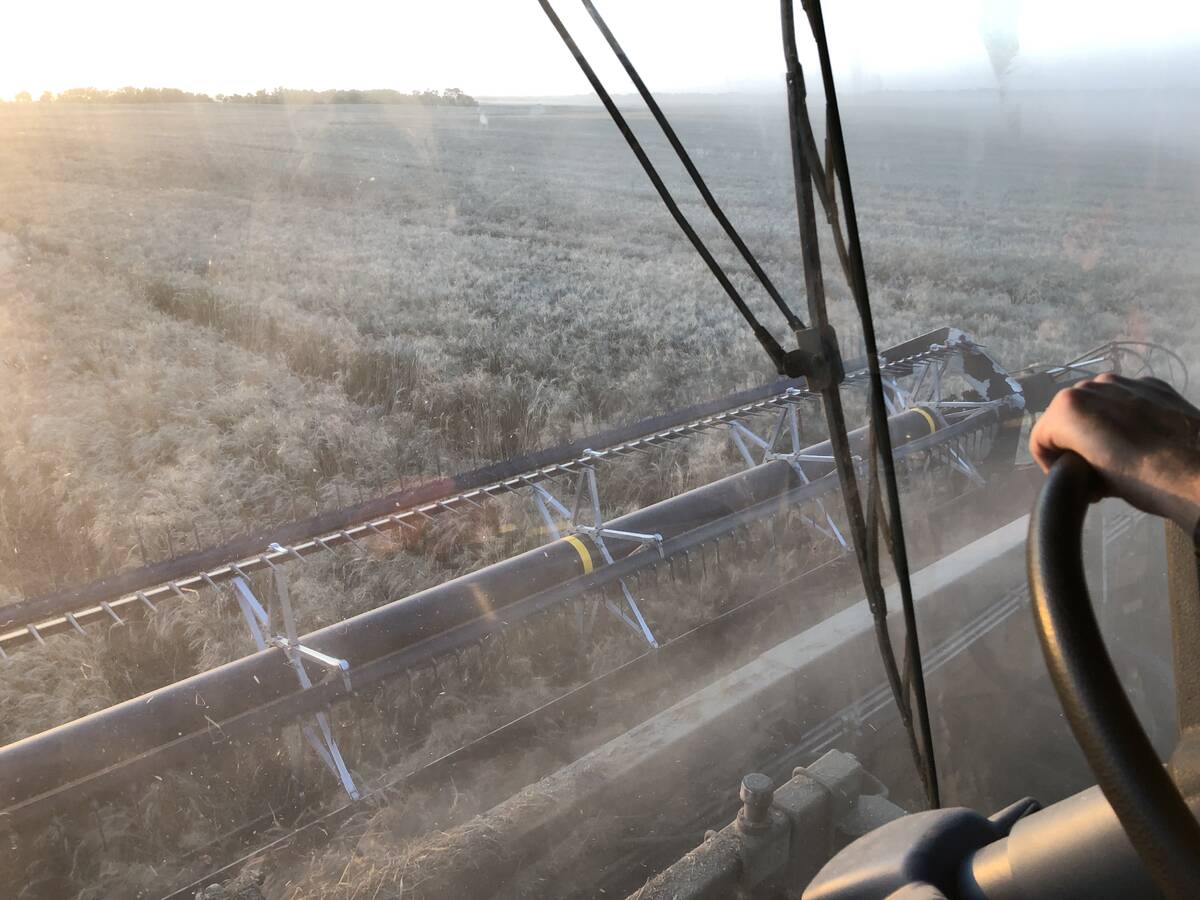PHOENIX, Ariz. — Foot-and-mouth is the big bad disease nobody wants in North America.
The size and structure of the modern livestock industry would present an unprecedented challenge if an outbreak should occur, said animal health experts speaking at the National Cattlemen’s Beef Association convention in Phoenix from Jan. 30 to Feb. 2.
“Foot-and-mouth is a disease we never want to see,” said Jim Roth of Iowa State University.
“We have been lucky but a lot of people are concerned our luck might not hold.”
Read Also

Mail strike disrupts grain sample delivery
The Canadian Grain Commission has asked farmers to consider delivering harvest samples directly to CGC offices, services centres or approved drop offs as Canada Post strike delays mail.
Vaccinating animals is part of the eradication strategy but there is not enough vaccine available.
Canada, the United States and Mexico share the North American vaccine bank held at Plum Island Animal Disease Center in New York where 2.5 million doses of concentrated killed vaccine are stored in liquid nitrogen.
The NCBA and other groups want added federal government funding in the 2018 farm bill to expand the vaccination supply.
Roth estimated the program needs US$150 million every year for five years to establish adequate amounts.
Foot-and-mouth disease is fast moving, highly contagious and is manifested in seven different serotypes, 23 strains and dozens of subtypes.
Vaccines must match the strain to be effective. It is recommended the stockpile include 23 different vaccines in the bank.
In the event of an outbreak, it could take 14 weeks to reproduce enough new vaccine, which is not made in North America.
“There are no vaccines made in the U.S. It is too dangerous to manufacture it in the U.S. because the virus can escape from the facility,” Roth said.
The theory is if they could get the vaccine to animals quickly, they could avoid the disaster of having animals getting very sick and then having to recover.
Ninety-six countries have foot-and-mouth disease and they deal with it differently. Some vaccinate to keep it out; others do not and let the disease run its course.
North America, Australia, New Zealand and the European Union are disease free without vaccination.
The experience of porcine epidemic diarrhea and highly pathogenic avian influenza showed the U.S. is not well prepared for a major disease outbreak.
“What we learned from these diseases is that biosecurity for endemic diseases isn’t adequate for highly contagious brand-new diseases,” he said.
The standard practice to eradicate foot-and-mouth disease is to stop all movement and kill all the animals in the infected area within 24 to 48 hours.
That policy would not work because of the structure of the modern livestock industry.
“It may not be feasible to depend on stamping out anymore,” Roth said.
Stopping all movement could be nearly impossible.
In the U.S., one million pigs are on the road every day going to slaughter or moving to new farms. There are 50,000 to 83,000 feedlot placements travelling every day and 100,000 to 200,000 commercial cattle are moved to slaughter plants.
“With our modern agriculture, vaccination is our best chance to get it under control in a reasonable space of time.”
The government has a planning document to set up command centres to handle any outbreaks.
A small local outbreak would focus on stamping out the disease, while response to regional outbreaks would include killing animals and vaccinating herds.
A catastrophic outbreak is a national situation that would move toward long-term eradication. A catastrophic North American outbreak means a disease found in Mexico, United States and Canada all at once.
A study out of Kansas State University investigated how the disease might spread in a feedlot and how controls could be set up.
It is known animals are infected up to three days before they show symptoms and by then the disease could be galloping through a confined space, such as a feedlot, said Mike Sanderson of Kansas State College of Veterinary Medicine.
“I don’t believe we can kill a 50,000 head feedlot. It takes too much time,” he said.
Animals would start to recover before they were all destroyed. Disposing of the carcasses could be a logistical nightmare.
When the United Kingdom faced the disease in 2001, it destroyed thousands of animals and burned them in huge pyres. If the U.S. took the same approach, it would destroy the industry in the public’s eye, said Sanderson.
Besides dealing with sick and dead livestock, all exports would stop.
On the first day of the outbreak, the chief veterinary officer of the U.S. would notify the World Organization of Animal Health and exports would stop. Trade would not recover until each member country decided the infection was gone. This could take two years and all commodities would be affected, said Sanderson.

















